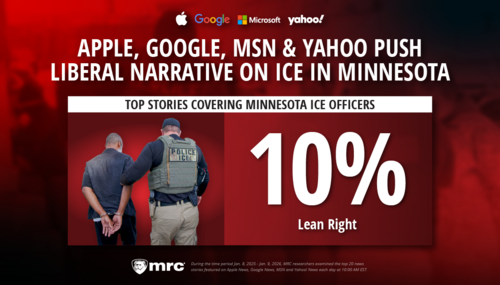“How small, of all that human hearts endure / That part which laws or kings can cause or cure.”
Oliver Goldsmith’s lines — written 260 years ago, with help from his friend Samuel Johnson — are worth remembering in an election year.
But it’s tough.
Congress and the White House are both up for grabs this November.
An already single-digit Republican majority in the House of Representatives narrowed further last week when the seat formerly held by George Santos was won back by Tom Suozzi, the Democrat who held it before Santos.
Donald Trump is convinced the Republican who tried to replace Santos wasn’t MAGA enough — while Trump’s foes say he’s the reason whenever the GOP fares poorly.
And the GOP has a daunting loss record in recent years, forfeiting the U.S. House and Senate in 2018 and the White House in 2020, with Santos’s victory in a lately blue New York district a rare pleasant surprise in the otherwise lackluster 2022 midterms.
The trouble with writing the Republicans’ obituary, however, is that the Democrats hardly seem healthier.
President Joe Biden’s party did, after all, lose the House last time, and it holds only a one-seat majority in the Senate, though as long as Kamala Harris remains vice-president Democrats can control even a 50-50 Senate.
But it’s no safe bet Harris will still be around a year from now — not the way the Biden-Harris ticket has been polling recently.
Though certain Republican-leaning pundits as well as Democrats think Trump ought to be a weak, even hopeless nominee for the GOP, he polls better against Biden than he ever did against Hillary Clinton — and, of course, he beat her.
It’s easy to say that isn’t so much a sign of Trump’s strength as it is of Biden’s shakiness.
Yet what it does it tell us that no other, younger leader in either party has been able to challenge them?
Democrats and Republicans alike have had plenty of choices in recent cycles, with presidential aspirants from a panoply of ideological and personal backgrounds.
Republicans had Reaganite and libertarian options, moderate conservatives and culture warriors.
Democrats had a Vermont socialist and a billionaire ex-mayor of New York among their alternatives to Biden in 2020.
And not too long ago, both parties were actually following different agendas.
The GOP was home of the Tea Party, Speaker Paul Ryan and 2012 nominee Mitt Romney.
George W. Bush, self-styled as a “compassionate conservative” and an internationalist, was the temperamental and philosophical opposite of Donald Trump.
If Barack Obama wasn’t so different from Joe Biden in substance, his symbolism — “hope and change” — sent a message radically different from today’s “Too bad, it’s me or Trump.”
Yet other flavors of Republican and Democrat, even when they got a turn in power, traced much the same trajectory of rise and fall that the Trump and Biden parties are now on.
The details and magnitudes differ, but the result after a few cycles was something close to partisan equilibrium.
Every president since 1992 has lost the House to the other party during his watch.
George W. Bush’s brand of Republicanism still fell short with the popular vote in 2000 and came within a Supreme Court decision of losing the Electoral College, too.
Buoyed by patriotic feelings after 9/11 and in the early phase of the Iraq War, Bush won the popular vote in 2004, but by the smallest Electoral College margin of reelection in decades.
A Bush succeeded Reagan after 1988, but 20 years later Obama succeeded George W.
Yet the Obama coalition wasn’t the stuff of permanent majorities, either, so he lost the House in his first midterms, lost the Senate in his second, and turned the White House over to Trump at the end of his administration.
The differences between Bush, Obama, Trump, Biden and other leaders both hopeful and hopeless are real, and they do matter at the ballot box.
But there’s a larger pattern in American politics since the end of the Cold War that has held up no matter the differences between candidates and philosophies.
Voters as a whole won’t give either party, or any set of ideologues, full, long-term control over their lives — not even enough control for coherent national policy in major areas like immigration and diplomacy.
Americans prefer no consistent government, rapid-cycling anarchy, to everything the two parties offer: neither has made the sale.
And if this won’t be the year that changes that, it’s time to look for something more appealing than either team has yet come up with — or else accept that governing, in any large sense, is for now impossible.
We still need leaders, and wise statesmanship, but we might have to live without political consensus — and Goldsmith assures we can.
Daniel McCarthy is the editor of Modern Age: A Conservative Review. To read more by Daniel McCarthy, visit www.creators.com




